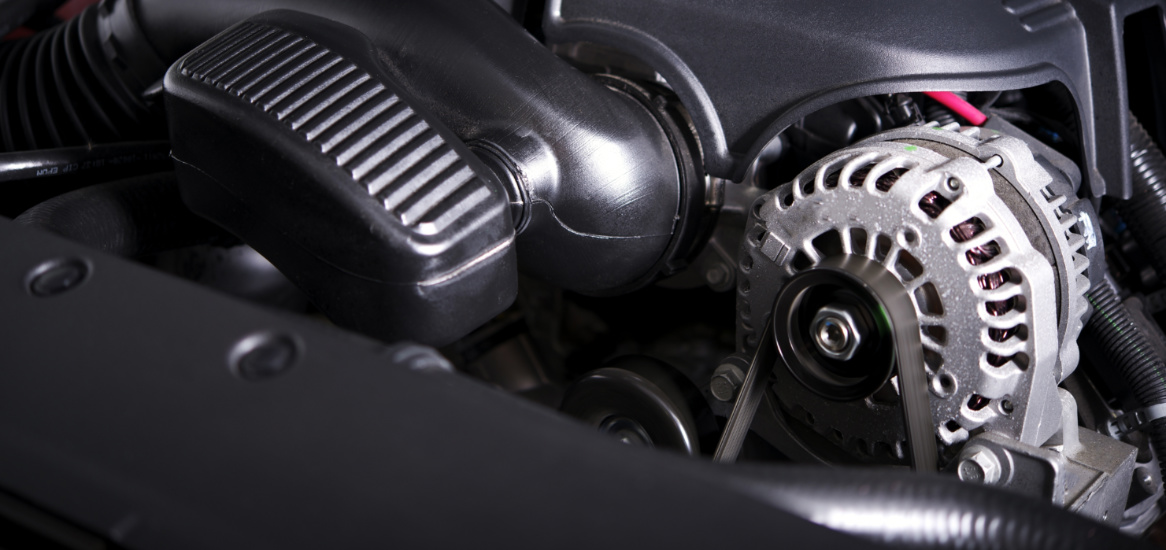Today, thanks to the rapid development of microelectronics, Internet technologies, communication channels, and notorious Artificial Intelligence, the topic of smart homes is becoming more relevant.
In the system of devices capable of performing certain daily tasks without human requirements, there are not only basic rules but also vital elements that we recommend to purchase from real professionals in their field, for example, Progressive Automations, which is the leader in innovative components for the Home Automation.
Three Pillars of Home Automation
The fully automatic execution of smart home’s scenario usually looks like this:
- The sensor sends a signal to the controller
- The controller interprets the received data with the current program, giving a command to the performers
- The actuators execute the order from the controller, performing some action.
If to imagine a person to better understand the role of each participant in a smart process, then sensors are nerve endings, controllers are the brain, and actuators are arms and legs.
Sensors
Typically, the sensors communicate with the control center over one of the wireless networks in your home, and the data collected there is processed in the cloud, becoming available in your application. There are also standalone sensors that transmit data on their own without being connected to a control center.
Motion detectors can be wall-mounted, controlling movement in the 90-180° sector, and ceiling-mounted, with all-around visibility, serving for safety and lighting purposes. Vibration sensors are also installed on glass and doors to signal a burglary. The smoke detector is used in fire alarm systems. A temperature sensor helps control an air conditioner or heater. The humidity sensor detects the humidity in the room and can be used to control the humidifier. A light sensor measures the light level at the installation site. The leakage sensor is installed on the floor in the bathroom, in the kitchen, near the washing machine or dishwasher, etc. The result of its work may be the shutdown of the washing machine, stopping the pump, and alerting the owner. A gas leak detector is triggered when a hazardous concentration of domestic gas is detected in the air, transmitting a signal to the control center. and notifying the user.
Controller
The controller responds to all signals received from the sensors of the Home Automation system and sends reports on the status of the connected devices. With its help many familiar processes are automated. You need to leave the data that was installed by default, or configure the system specifically for your needs. You can schedule various actions to take place within a specific time frame by setting a schedule for the instruments.
In detail, the principle of operation of the controller is as follows. The user creates a scenario for each device according to his needs. For example, at 7 am the alarm goes off, the curtains open, the kettle or coffee maker turns on. By the time you return home, the controller, according to the program, can heat the water in the shower room boiler, boil the kettle, and turn on the house lighting. In case of an accident, shut off the gas pipe, turn off electrical appliances, turn on the forced draft.
The processor is programmed either manually or remotely. In the first case, the required parameters are entered directly on the device, using buttons or a touch screen. The second option provides for connection to the owner’s mobile device via Bluetooth, Wi-Fi, cellular network. If the program is installed on a smartphone, then it is possible to create various scenarios, modify and correct them remotely.
Actuators
The actuator physically affects the controlled object, and the main task of this mechanism is the transfer of efforts from the control device to the actuator. The term “actuator” is based on a simple principle of energy conversion. Electric drives differ from each other in the way they transfer energy. The controlled object can be driven by a rotating or linear action.
So, having received a signal from the controller, it is the actuators that perform various actions – turn on the light, control the power supply of household appliances, raise and lower curtains, open windows, lock doors, close taps without interfering with the water or gas supply system.
You are now familiar with the three basic elements of home automation. Exclude one thing from the process – you will not succeed. All these elements are constant links to a reliable chain that provides you with the well-deserved comfort of the 21st century.
Author:
Hayley Mann is a technology enthusiast specializing in automation methods of ergonomics devices. Her engineering background helps her to create interesting articles on technical topics, making them understandable for all readers.







